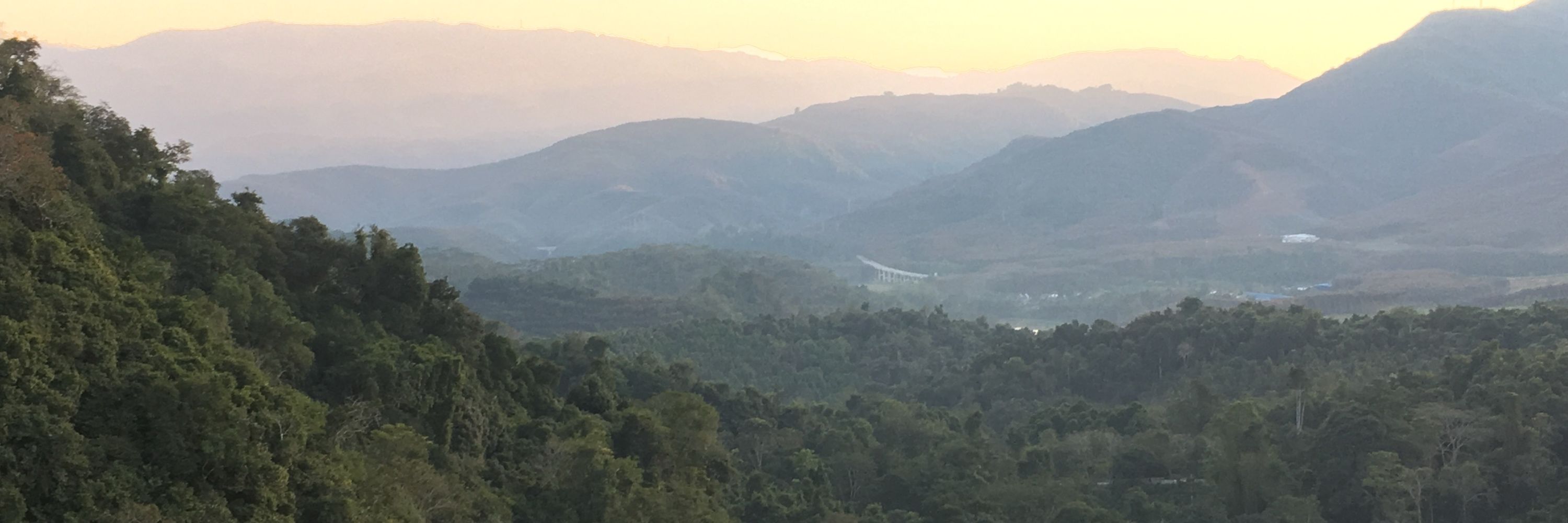
Tropical forest ecologist | Professor | Wageningen University 🇳🇱 | Climate change impacts on trees & forests | Tropical 🌳 rings | Dendrochronology | Timber tracing | Model-data integration
Reposted by Ben Bond‐Lamberty, Pieter A. Zuidema

Join us at #EGU26 for session CL1.2.1 Interdisciplinary Tree-Ring Research
Abstracts exploring tree rings from all perspectives and disciplines are welcome!
Submit here:
tinyurl.com/475xjjfu
K. Treydte, J. Jevšenak, A. Eckes-Shephard, @pieterzuidema.bsky.social
Reposted by Michael E. Mann, Joanna Bryson, Brian J. Enquist , and 11 more Michael E. Mann, Joanna Bryson, Brian J. Enquist, Monica G. Turner, Ian J. Wright, Anthony Ricciardi, Pieter A. Zuidema, Randall A. Kramer, Dana R. Fisher, James Connelly, Tim Stephens, Andrea Santangeli, Julen Astigarraga, Olivier Villemaire-Côté

📖 nph.onlinelibrary.wiley.com/doi/10.1111/...
by Eckes-Shephard et al.
@WIleyPlantSci #PlantScience


Sophie found that 100y of CO2 rise stimulated tree #photosynthesis, that #treerings are narower during hot & dry years, and more so in drier regions. 🌎🍁
Reposted by Jens‐Christian Svenning, Oliver L. Phillips, Simon L. Lewis , and 19 more Jens‐Christian Svenning, Oliver L. Phillips, Simon L. Lewis, Ana S. L. Rodrigues, Ben Bond‐Lamberty, Mathias Disney, Pieter A. Zuidema, Patrick A. Jansen, Stephen D. Murphy, Tommaso Jucker, Markus P. Eichhorn, Andrew Hacket‐Pain, Ferran Sayol, Darío Martin‐Benito, Shan Kothari, Joan Dudney, Joshua S. Lynn, Jonathan von Oppen, Karl Andraczek, Orlando Schwery, Jonas Trepel, Benjamin Wildermuth



Reposted by Pieter A. Zuidema, Darío Martin‐Benito
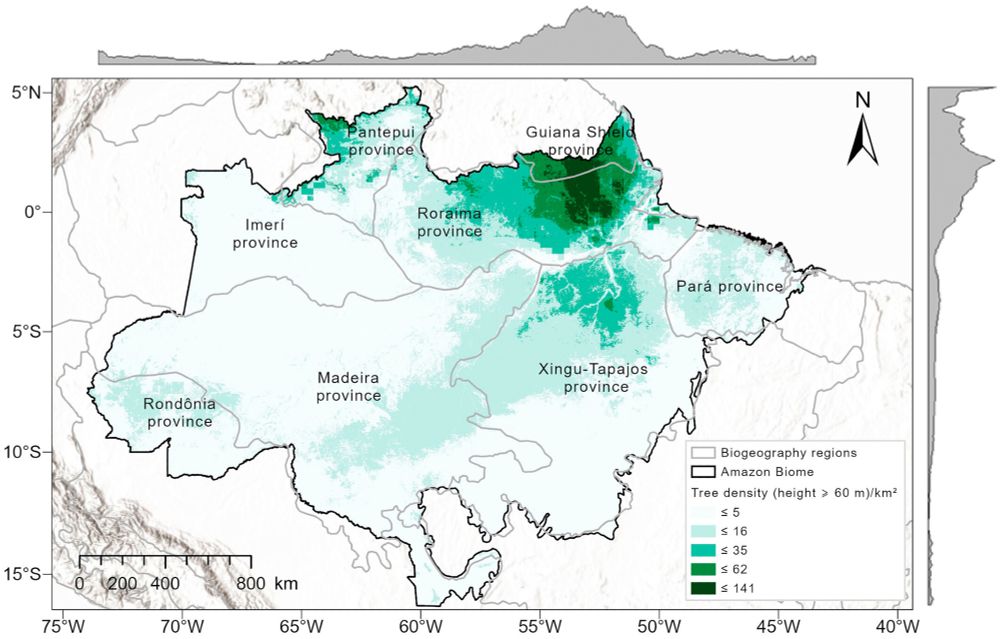

Reposted by Pieter A. Zuidema

🔎 Find out more: buff.ly/kZFoh9B

Study led by @lauraboeschoten.bsky.social & Barbara RV Meyer-Sand for African timber shows combining methods boosts reliability of tracing. With 3 methods: 95% of samples traced back to <100 km of origin. 🌎🌐🍁
👉 www.nature.com/articles/s43...
Reposted by Pieter A. Zuidema

The origin of timber was correctly identified for 94% of samples in Central Africa, a high-risk region with low tracing accuracy to date.
@lauraboeschoten.bsky.social @pieterzuidema.bsky.social
👉Read here: www.nature.com/articles/s43...


royalsocietypublishing.org/toc/rstb/202...
I: Determinants of diversity & resilience.
II: Measuring the state of biodiversity
III: Biodiversity & natural capital
IV: Future scenarios for nature

Water and temperature control growth timing.
Warmer winters make some species start growing earlier.
Hot, dry summers may shorten growing seasons.
New paper out @globalchangebio.bsky.social led by a former PhD student @csic.es shorturl.at/5Gn8a


🎉Congrats 🎓 Dr Bo!
▶️ Defense: wur.yuja.com/V/Watch?v=93...
📙Thesis: research.wur.nl/en/publicati...
Reposted by Pieter De Frenne, Pieter A. Zuidema

Highlights the role of species interactions and their correlated traits such as dispersal syndromes in promoting landscape-scale connectivity 📊🧪
🔗 doi.org/10.1111/1365...
Reposted by Pieter A. Zuidema, Emilio Vilanova, Martin Ehbrecht


Using tropical #treering data we found: diameter increment explains biomass growth at short term; wood density at long term.🌎🌐🍁
#dendrochronology
besjournals.onlinelibrary.wiley.com/doi/10.1111/...
Reposted by Pieter A. Zuidema, Martin Ehbrecht
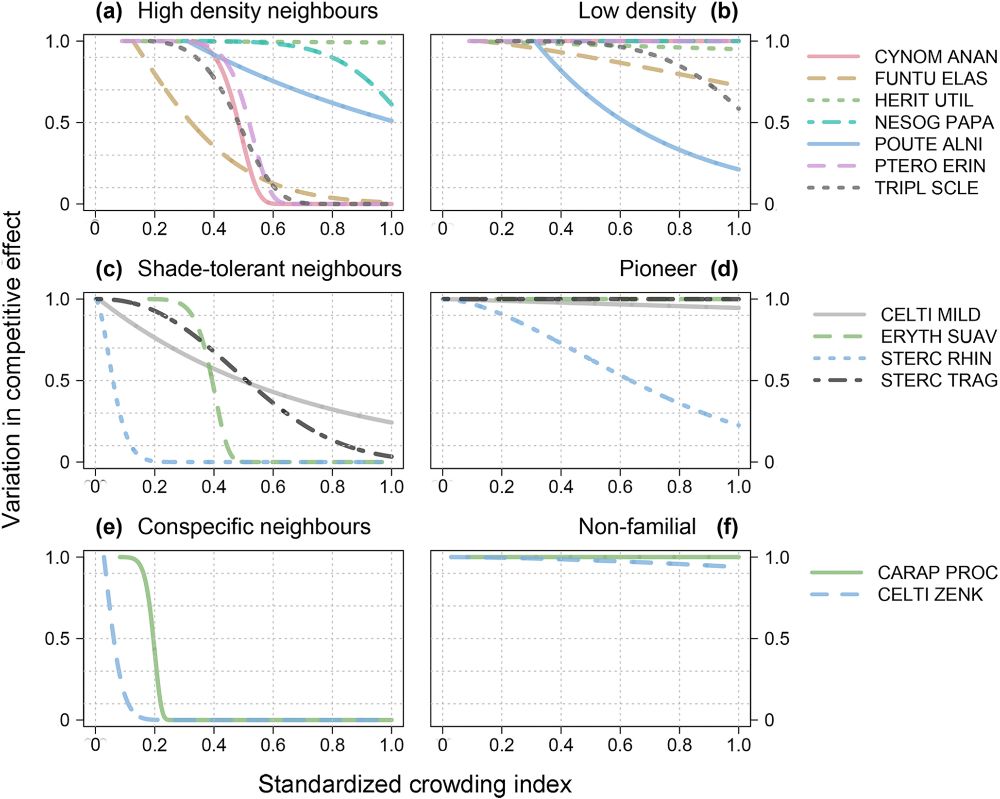
📰Tree competition in West African tropical forests mediated by the functional attributes of species and variation in soil moisture www.sciencedirect.com/science/arti...
Reposted by Ben Bond‐Lamberty, Pieter A. Zuidema

Leaf nutrients + soil N and P = key drivers of soil organic carbon.
Random Forest and SEM offer restoration insights.
🔗https://link.springer.com/article/10.1007/s11676-025-01895-y
🧪🌏🌐🍁🌺🌱🌿🦤
Reposted by Pieter A. Zuidema

Reposted by Pieter A. Zuidema
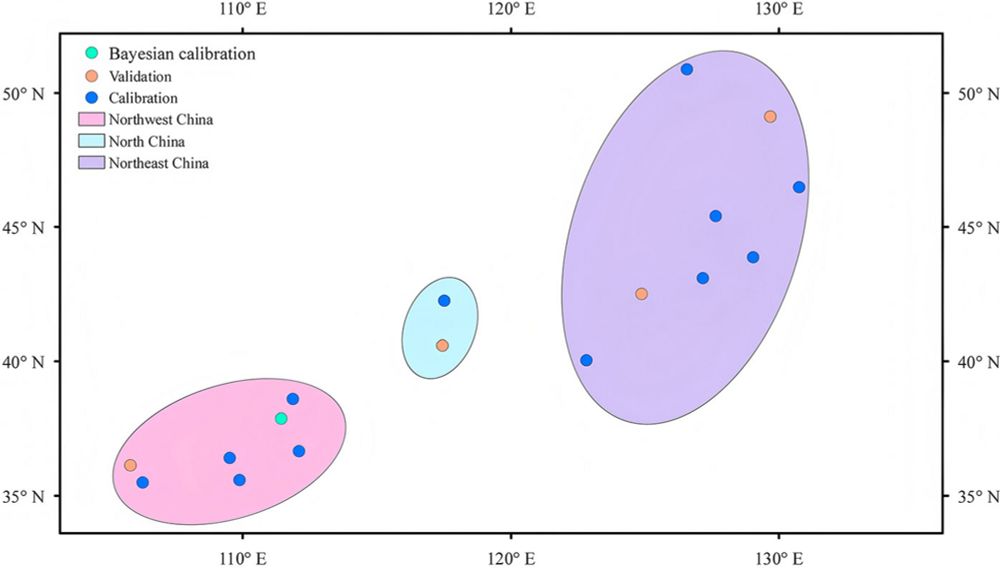
By 2100, Quercus mongolica stands could see +145% volume and +80% productivity under RCP8.5.
3-PG + Bayesian calibration = sharper growth predictions.
👉 Explore the findings: link.springer.com/article/10.1...
#Forestry #ClimateChange #TreeGrowth
🌏🌐🍁🌺🌱🌿🦤

@mobotgarden.bsky.social @livingearthcollab.bsky.social
1/3
www.pnas.org/doi/10.1073/...

Reposted by Pieter A. Zuidema

A recent #HoliSoils study explores this question in an upland forest on mineral #soil and a drained peatland forest 🔎🌱🏞️
📖 Find out more ⬇️
holisoils.eu/how-does-thi...

🌲🌳 Fieldwork in forest diversity experiments in Finland www.sataforestdiversity.org
📆 Apply by Sept 8th, start date - Jan 2026
👉 www.findaphd.com/phds/project...
🍁🌍🧪
Reposted by Arthur Geßler, Pieter A. Zuidema, Jason Stajich

Hidden microbial world in trees🌳
Living wood hosts trillions of bacteria making trees a complex ecosystems with major roles in forest health and function.
#PlantMicro #MicroSky
www.nature.com/articles/s41...
Reposted by Pieter A. Zuidema, Martin Ehbrecht

buff.ly/Uv4aQ8d
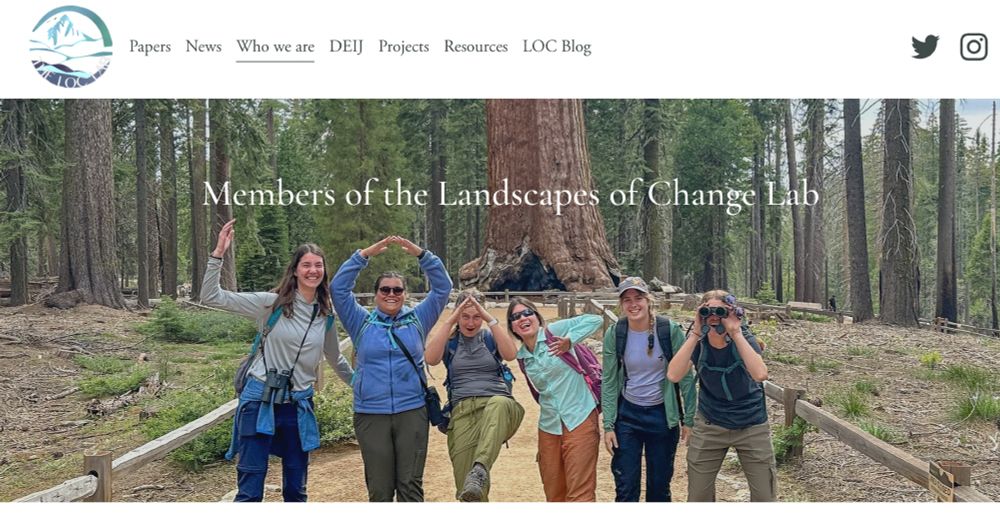
DM me if you'd like to chat in person. Would love to connect and learn about your interests. Non-traditional backgrounds welcome! 🧪🌏🌐🍁🌺🌱🌿🔥

Reposted by Joaquín Hortal, Pieter A. Zuidema
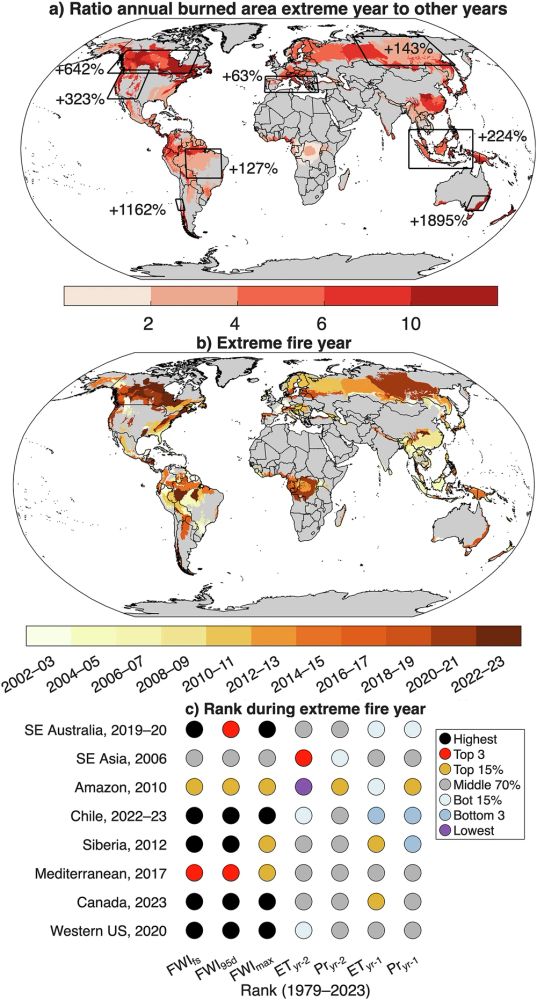
Reposted by Julia Koricheva, Ben Bond‐Lamberty, Pieter A. Zuidema

